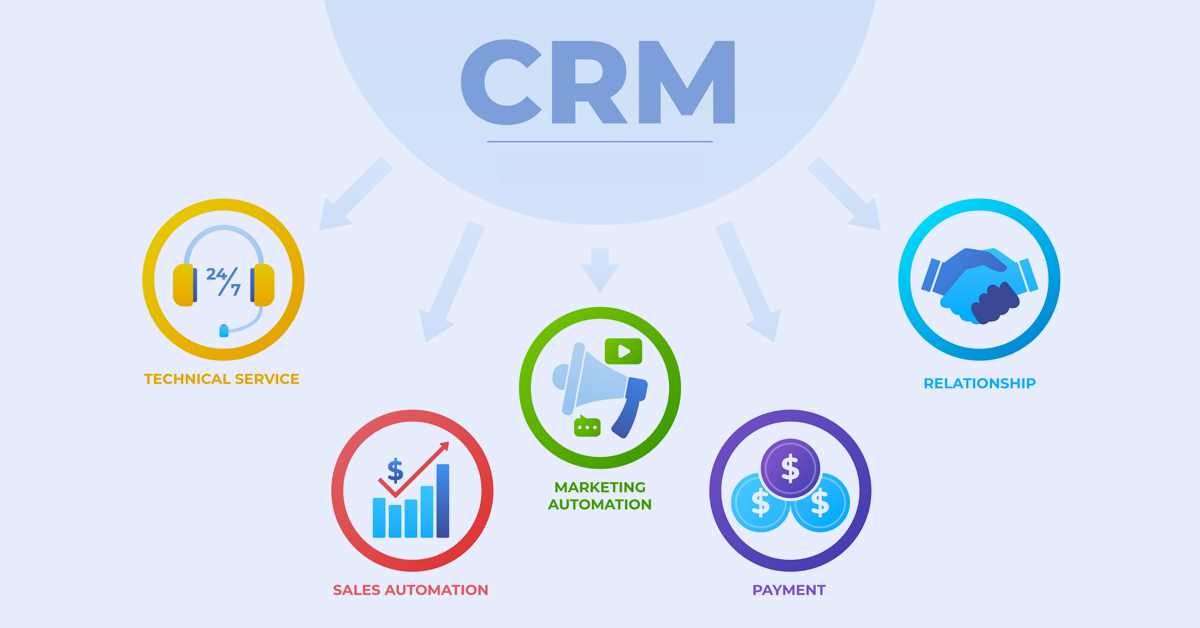-
MarTech Services
- HubSpot
- OneSignal
HubSpot
Technical Consulting
Partner with experts who understand your HubSpot systems and business needs inside out.
Revenue Operations
Drive revenue growth with tailored RevOps strategies designed for HubSpot users.
Hubspot Integration Services
Seamlessly integrate HubSpot with your existing tools to enhance operational efficiency.
Sales Enablement
Boost your sales team’s efficiency with focused HubSpot Sales Enablement solutions.
CRM Data Migration
Effortlessly migrate your CRM data to HubSpot with precision and support.
Hubspot Onboarding
Efficiently onboard clients to HubSpot, ensuring a smooth transition and rapid platform adoption.
HubSpot Administration
Maximize your HubSpot investment with expert management and optimisation tailored for HubSpot clients.
Marketing Assets Development
Develop, deploy, and manage digital assets, ensuring a fresh and engaging presence.
-
Solutions
-
Website Services
Website Development
We bring together expertise, creativity, and measurable results, making us the go-to choice for HubSpot website creation.
Website Migration
Our approach to website migration goes beyond a technical transfer; we prioritize a user-centric experience.
Website Maintenance
Optimize your online presence with effective, growth-driven websites focusing on nurturing website visitors, creating and deploying content, and tracking progress with precision.
Website Audit
Is your website performing at its peak? Our CMS Consultants are here to help you find out with our comprehensive Website Audit service.
-
Resources
-
Company
Clients
We have worked with clients from various industries across the globe, making our journey diverse and exciting.
Team
We put decades of experience where our mouth is. So what you get is market-tested and tried, not theory. We believe in plain speak, which we believe works better than jargon.
Solutions Partner
BlueOshan is not just a partner; we are among the most experienced and adept in the HubSpot ecosystem.
- Contact Us
The more people adopt CRM within, the higher the revenue potential.

Venu Gopal Nair
December 19, 2022

There are times when companies hit a high growth phase. New talent is recruited and onboarded into the company. And every business is built around its customers and the ability to serve them.
CRM systems should not be seen as technology alone. HubSpot has seen that when large numbers of employees within the company use CRM, revenues rise. Knowing what customers want and keeping track of them is the best route to growing revenue.
So, it’s wise to open up and get every division in the company, whether they are leaders or in sales, marketing and services to stay close to the CRM. Contributions from the team come at several stages.
Initially, it may be marketing and sales that make the most use of CRM for converting prospects to customers. But watching the process unfold and assessing what works for customers helps companies get far better insights on how to approach, how to pitch, how to respond and finally close the deal.
Why does it make sense to have wide CRM adoption within the company? Employees get to know customer needs better.
Capturing all of this is important, not just from a deal point of view but also in internal training sessions. It helps teams understand how CRM offers ways to win and keep customers.
One CRM for the world
Companies install different CRM systems based on their areas of operation, which prevents a consolidated global view. Why is that important? to gauge cultural nuances or to find out if clients in different geographies have the same or different concerns.
Consolidating and simplifying the CRM data into one helps teams align better with one another. Cross-cultural learning happens. What works in one geography can be tried in another, and the results evaluated.
Hubspot allows diverse teams to see customers, no matter where they are, in the same way and explore conversations that teams across the globe have with them.
If only a small percentage of the revenue-producing employees use the CRM, a massive amount of potential is left untapped. A real estate company went from a 23% rate of adoption to 90%, making the CRM available to all customer-facing employees. They worked out email configurations and meeting configurations to help drive customer connect seamlessly. Using auto signatures to book time with the people sending the emails has advanced meetings in cases where customers may have had to reach out and exchange emails to set up meetings. HubSpot’s email configuration capabilities contribute significantly to making it happen.
Using CRM for revenue forecasting
When the targets of each of the employees is loaded on to the CRM, the reporting can provide a month-by-month breakdown to see if performance is on course. By getting senior leaders to adopt the CRM, assessments can be made without having to separately report it.
They can track the performance of people reporting to them and see where customer contacts and responses are going as per schedule. In a sense, it enables anticipation and to help make course corrections or interventions before they become issues to be solved.
Sharpen customer contacts by capturing relevant details of product usage, customer needs and how it integrates with the customer’s tech stack
A senior leader may read more into a customer comment or an interaction that will help the sales or marketing person to respond to requests better. Not all prospects are able to articulate their needs well and the experience of senior managers can be leveraged to drive results.
Forecasting also means anticipating a client’s needs and the trajectory of a client’s business offers clues into where the expansion and growth possibilities are. That, in turn gives companies the ability to cross-sell their offerings at a time that they judge is right.
Sharpening contact management
A company explores several outreach and inbound methods to gather leads. Optimising for costs and engagement is another long-term goal rather than exhausting budgets in media that consistently underperform.
Managing the contacts once they have registered, nurturing them and being able to advance them through various stages in the customer journey is imperative
Integration between Marketing Hub and HubSpot CRM allows teams to visualize the user’s entire journey–from before they were a lead right until they become a customer–with consolidated marketing and sales metrics reports. That makes it possible to understand what content led to the customer’s first contact, as well as what led the customer to convert, and provides valuable data for companies who are always seeking to improve the buyer journey.
Managing tens of leads a day may be possible manually but the company has to plan for a time when content, campaigns and outreach will generate hundreds of leads in a month. Then, being able to respond quickly and satisfy requests becomes a priority. Automation is the only way to scale this but it needs to be well thought through based on what was being done manually earlier.
A good rule of thumb is to begin documenting what works before the scaling starts. The founders who have done the groundwork have a good idea of frontline engagement because they are doing it themselves in in the early stages. Having a hands-on approach builds both customer confidence and a knowledge of what customer problems are actually being solved.
Depending on what stage a company is at Blueoshan can work to help build these systems early on or adapt it from the data that already exists. Knowing the multiple stages and progression is essential and that’s where the company’s senior management experience can be leveraged.
Talk to our consultants to discover how sharpening contacts yields good results.

Venu Gopal Nair
Advertising and Branding Specialist, CEO - Ideascape Communications, A professional journey through the tumultuous years of advertising and communication, starting in 1984. Started out in the age of print, saw the changes with the entry of satellite TV and the momentous transition to digital. Advertising and branding today is vastly different from its practices in the 20th century and the last two decades have seen dramatic changes with smartphone domination. As a Creative Director turned CEO, making the transition personally and professionally has been a tremendous experience.
Related Articles

June 2, 2023

April 19, 2021


